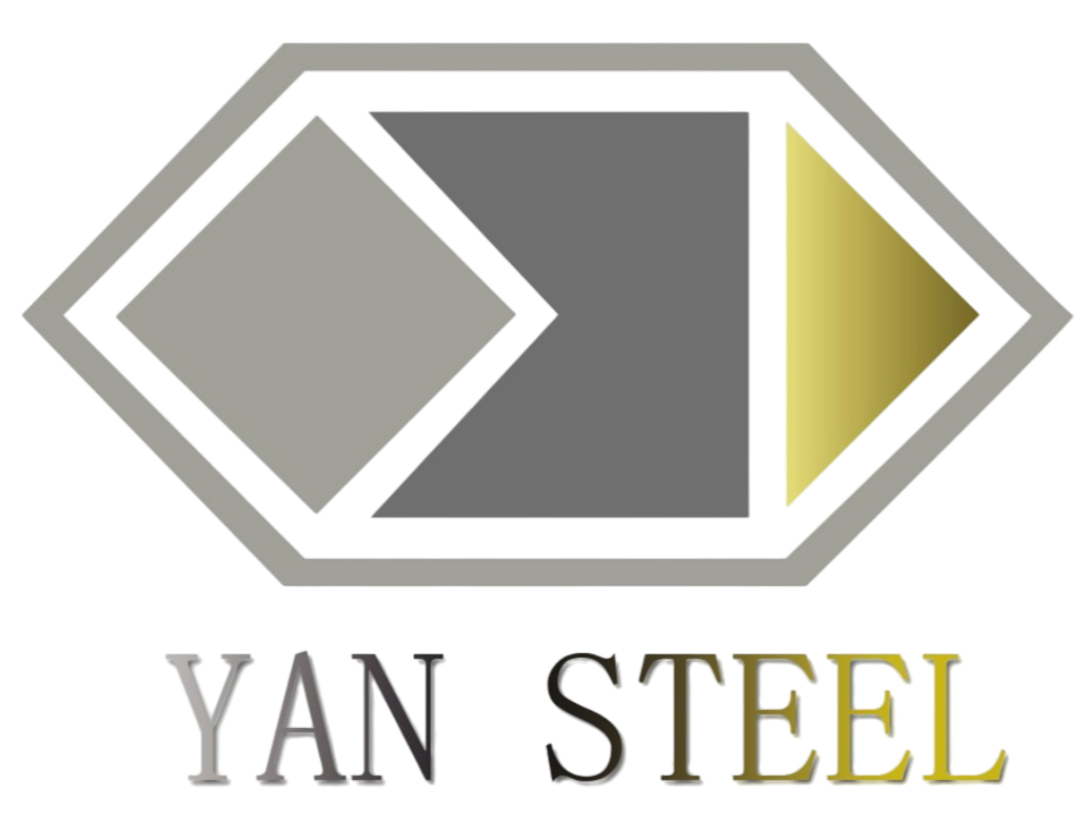Strategic Steel Procurement: Transforming Appliance Manufacturing Costs
The landscape of home appliance steel sourcing is undergoing significant transformation as we approach 2025. Manufacturers are facing unprecedented challenges in managing material costs while maintaining product quality and meeting sustainability requirements. The strategic importance of effective home appliance steel sourcing has never been more critical, as raw material expenses can account for up to 60% of production costs.
Industry experts project that optimizing steel procurement strategies could lead to potential savings of 15-25% in manufacturing costs. This comprehensive guide explores innovative approaches and proven methodologies to achieve substantial cost reductions while ensuring supply chain resilience.
Market Intelligence and Price Optimization
Leveraging Data Analytics for Better Pricing
Modern home appliance steel sourcing demands sophisticated market intelligence. Manufacturers can harness predictive analytics to forecast steel price trends and identify optimal purchasing windows. Advanced algorithms can analyze historical pricing data, market indicators, and global economic factors to inform procurement decisions.
Real-time market monitoring systems enable buyers to track steel price fluctuations across different regions and suppliers. This visibility helps in negotiating better rates and securing favorable long-term contracts. Companies implementing such systems have reported average savings of 8-12% on their steel procurement costs.
Strategic Supplier Relationships
Building strong partnerships with steel suppliers is fundamental to cost optimization. Long-term relationships often lead to preferential pricing, priority allocation during shortages, and collaborative innovation opportunities. Regular supplier performance reviews and open communication channels can help identify cost-saving opportunities and process improvements.
Consider implementing supplier development programs that focus on mutual growth and efficiency improvements. These programs can lead to streamlined processes, reduced lead times, and enhanced quality control measures, ultimately contributing to lower total procurement costs.
Technical Innovation and Material Optimization
Advanced Steel Grades and Specifications
The evolution of steel manufacturing technology has introduced new grades that offer superior performance with reduced material usage. High-strength steel variants allow for thinner gauge applications without compromising structural integrity. This optimization can lead to significant material savings while maintaining or even improving product quality.
Working closely with metallurgists and design engineers, manufacturers can identify opportunities to substitute traditional steel grades with more cost-effective alternatives. Such technical optimization efforts have enabled some companies to reduce material costs by up to 20% while enhancing product durability.
Waste Reduction and Processing Efficiency
Implementing lean manufacturing principles in home appliance steel sourcing operations can substantially reduce waste and optimize material utilization. Advanced cutting technologies and nesting software can maximize yield from steel sheets, while improved inventory management systems help minimize excess stock and associated carrying costs.
Consider investing in automated material handling systems and precision cutting equipment. These technologies can reduce processing waste by up to 15% and improve overall operational efficiency. The initial investment often pays for itself through material savings within 12-18 months.
Supply Chain Optimization and Risk Management
Geographic Diversification Strategy
A well-planned geographic diversification strategy in home appliance steel sourcing can provide significant cost advantages. By maintaining relationships with suppliers across different regions, manufacturers can leverage regional price differences and minimize the impact of localized market disruptions.
Consider establishing regional procurement hubs that can respond quickly to market opportunities and supply chain challenges. This approach not only helps in cost optimization but also enhances supply chain resilience against global market volatility.
Inventory Management and Just-in-Time Delivery
Modern inventory management systems integrated with supplier networks can optimize stock levels and reduce carrying costs. Implementation of just-in-time delivery programs, supported by reliable forecasting models, helps maintain optimal inventory levels while ensuring production continuity.
Digital tracking systems and automated reordering processes can reduce administrative costs and minimize the risk of stockouts or excess inventory. Companies implementing such systems typically achieve inventory cost reductions of 20-30%.
Sustainability and Cost Efficiency
Green Steel Initiatives
The growing emphasis on sustainability in home appliance steel sourcing presents both challenges and opportunities for cost reduction. While green steel may command premium prices initially, government incentives and carbon pricing mechanisms are making sustainable options increasingly cost-competitive.
Early adopters of green steel initiatives often gain advantages in terms of regulatory compliance and market positioning. Consider developing partnerships with suppliers investing in carbon-neutral steel production to secure favorable pricing and ensure future supply chain sustainability.
Circular Economy Integration
Implementing circular economy principles in steel procurement can generate substantial cost savings. This includes establishing recycling programs, utilizing reclaimed materials, and designing products for easy material recovery at end-of-life.
Consider developing closed-loop supply chains where post-consumer appliances are recycled into new steel inputs. Such initiatives can reduce raw material costs while supporting sustainability goals and enhancing brand value.
Frequently Asked Questions
How can manufacturers protect against steel price volatility?
Manufacturers can implement various strategies including long-term contracts with price adjustment clauses, hedging through financial instruments, maintaining diverse supplier relationships, and utilizing market intelligence tools to optimize procurement timing.
What role does digital transformation play in steel sourcing optimization?
Digital transformation enables real-time market monitoring, automated procurement processes, predictive analytics for demand forecasting, and improved supplier collaboration platforms, all contributing to more efficient and cost-effective steel sourcing operations.
How can companies balance cost reduction with quality assurance in steel procurement?
Companies should focus on total cost of ownership rather than just purchase price, implement robust quality management systems, maintain strong supplier relationships, and invest in technical expertise for material specification and testing. Regular supplier audits and performance monitoring are also essential components of a balanced approach.

